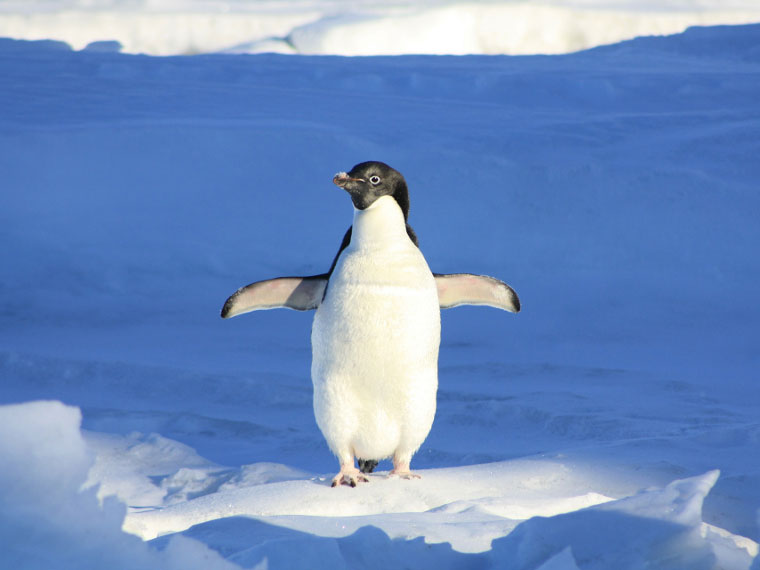
Blog: Do Penguins Have Knees?
We’re all guilty of avoiding our responsibilities by procrastinating on social media, endlessly scrolling through news feeds. Terrifyingly, a recent study indicates that the average person will spend 5 years and 4 months of their life on apps like YouTube, Facebook and Snapchat. Another bad habit we seem to have is confiding in Google and treating the search engine as a medical professional. Questions, illnesses, translations, definitions, opinions and your latest shower thoughts can all be resolved with one quick n’ easy search, right? (hands up, I have self-diagnosed myself as dying on multiple occasions). But with more or less 3.5 billion Google searches per day, it looks as though our reliance on Google won’t be broken any time soon.
Digital Marketing Agency, Digitaloft, published a list of 20 Of The Craziest Questions People Ask Google which is a compilation of all the questions you never knew you had, like ‘Why do men have nipples?’ and ‘What happens if you drink human blood?’ (um). However my favourite, which earned itself the 7th spot on the list, is (drum roll please) ‘Do penguins have knees?’
According to Digitaloft, this brilliant question is searched 18,100 times a month. Therefore, I’ve made it my duty to answer this burning question which I’m sure has been keeping you awake at night. So without further ado, do penguins have knees?
Well in short – yes, penguins do have knees (well that was pretty anti-climactic). A penguin’s legs are built up of a femur, knee, tibia and fibula, just like yours. Their legs may appear short and stubby, but don’t be deceived, most of them are concealed by feathers.
It can be easy to assume that penguins don’t have knees, as the birds aren’t exactly known for their grace (they do make for some great gifs though). Unfortunately, their body structure (or morphology if we’re going to get science-y) means that penguins find waddling very tiring because their energy economy and speed are reduced when the birds are on land. The amphibious birds fare much better in watery environments as they will spend most lives, 75-80% in fact, in water. But worry not, their knees still prove useful when they’re feeling too lazy to walk as they like to slide around on their stomachs pushing themselves along with their feet.
I hope that this blog post has put your mind at rest and that you will help you sleep a little easier tonight.
Congratulations for persevering until the very end despite the heavy spoiler early on. I reckon you’re just the sort of person that would enjoy our Animal Care courses, click here to take a look


